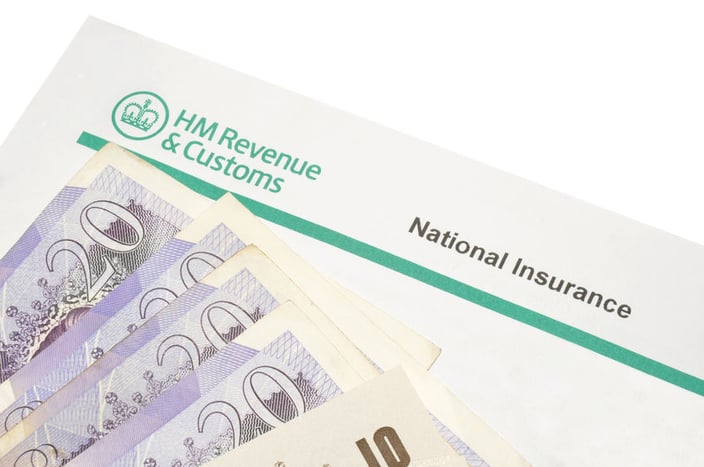BLOG
NIC and company directors

Unlike tax, National Insurance is generally worked out separately by reference to the earnings for the relevant earnings period, without any regard to other payments in the tax year. The earnings period generally corresponds to the pay interval, so, for example, NICs for weekly paid employees is worked out solely by reference to their earnings for that particular week; likewise for monthly paid employees, their NIC for the month depends only on their earnings for that month.
However, this rule does not apply to directors, who are deemed to have an annual earnings period for National Insurance purposes, regardless of their actual pay frequency. The effect of this is that NIC for the year is worked out (like tax) on their total earnings for the year, using the annual thresholds, rather than the weekly or monthly thresholds appropriate to the pay interval.
Annual earnings period
Directors can either apply the annual limits from the start of the year, paying no primary Class 1 contributions until their earnings for the year to date exceed the primary threshold (£8,060 for 2016/17), then paying contributions at the rate of 12% until their earnings for the year reach the upper earnings limit of £43,000, and thereafter paying contributions at the rate of 2%. The downside of this is that the NIC bill is not spread very evenly throughout the year.
Alternative method
Alternatively, directors can choose to work out their NICs using the alternative assessment method under which NICs are computed by reference to the normal pay interval initially (as for other employees) and recalculating the liability at the year-end on an annual basis.
Example
Paul is a company director. He is paid a salary of £3,000 a month. In addition, he is paid a bonus of £50,000 in December 2016.
Under the alternative assessment method, his NIC is worked out each month initially using the monthly thresholds (primary threshold of £672, secondary threshold £676 and upper earnings limit of £3,583).
With the exception of December 2016, Paul pays NIC of £279.36 a month (12% (£3,000 - £672)). His employer pays NIC of £320.71
In December, with his bonus, Paul’s earnings are £53,000 and he pays NIC of £1,337.66((12% (£3,583 - £672) + (2% (£53,000 - £3,583)). His employer pays secondary NICs of £7,220.71.
To work out the NIC payable for month 12 (March 2017) it is necessary to recalculate the bill on an annual basis. Paul’s earnings for the year are £86,000 (salary of £36,000 and a bonus of £50,000). Primary contributions on these earnings are £5,052.80 ((12% (£43,000 - £8,060) + (2% (£86,000 - £43,000)) and secondary contributions are £10,748.54 (13.8% (£86,000 - £8,112)).
Paul has paid contributions of £4,131.26 ((10 x £279.36) + £1,337.66) so far, so owes £921.51 for March 2017. His employer has paid NIC of £10,427.81 and owes £320.73 for March 2017.
Paul pays more on his March salary of £3,000 as some of the bonus on which contributions were paid at 2% was liable at 12% when the computation is performed on an annual basis.
The annual earnings basis prevent directors making inconsistent payments to save NICs.
Read more of Inform's tax blogs:
VAT flat rate scheme- is it for me?
Unlocking your pension age 55 plus
The new lifetime ISA- How does it work?






.jpg?width=1500&height=1000&name=amy-hirschi-K0c8ko3e6AA-unsplash-(5).jpg)

